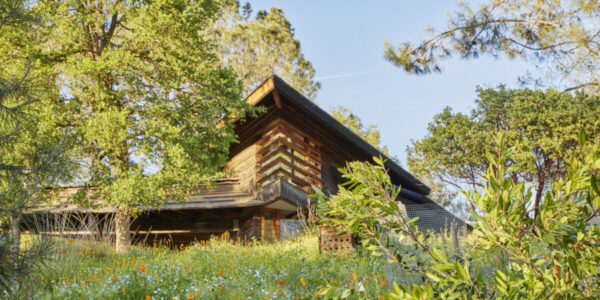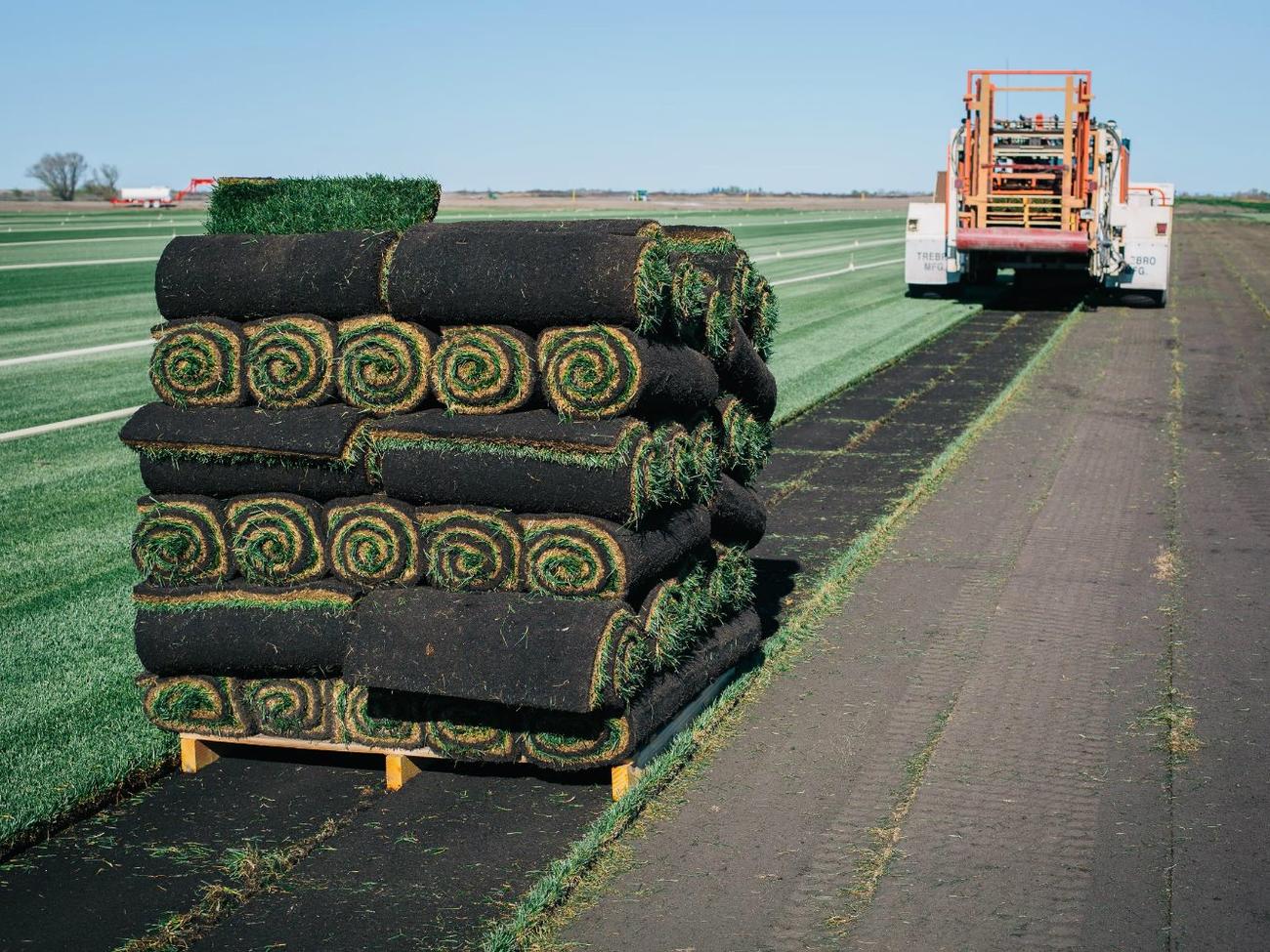
What it’s like to be a sod farmer in the middle of a drought

With state mandates calling for the reduction of lawn in landscapes and cash-for-grass rebates popping up everywhere, I thought I’d ask Ed Zuckerman, the founder of California’s largest sod farm, Delta Bluegrass Company, what it’s really like to be a turf farmer in these dry times.
Q: How bad has it gotten with the drought?
Ed: We’ve halved production from 2000 acres to 1000—and even that’s still too much to be growing right now. We’ve also upped the prices by 30%. Turf has been so cheap for so long that the increase was accepted pretty easily. I don’t like to lay people off but we had to do that, too. That was a low point. It’s not pretty but it’s one of those things where you think, “This too shall pass.”
Q: Are lawns unfairly targeted?
Ed: Totally. Residential grass is the low hanging fruit during a drought. But I always say that plants don’t waste water, people do. Instead of paying people to tear out a lawn, how about we offer $500 to invest in a smart controller. That would be really sustainable. Plus people forget all the benefits of turf. It cools the immediate atmosphere around a home, it filters storm water, cleans pollutants, controls dust, and abates noise. Plus some people just love having a lawn to mow. It allows them to do something in their life that feels agrarian.
[[Here’s how to keep your lawn and save water.]]
How is your business adapting?
Ed: It’s been adapting long before this drought. We started a native sod program 12 years ago, and we’ve grown it from meager beginnings of 10 square feet to over 100 acres.
We’re researching other turf alternatives, too, like Kurapia (Lippia nodiflora), from Japan. Kurapia has strong creeping ability but stays just 1 to 3 inches in height. Once established, it needs 60% less water than traditional turf. In California, Lippia has long been considered to be an invasive weed, but this new strain from Japan is sterile and has no viable seeds. We’re the first to grow it in sod form.
Q: Any regrets on choosing sod as your crop?
Ed: None, whatsoever! Our family has been farming here for five generations. They’ve always been known for innovation. Sod was my way of bringing new profit source to a struggling business. We grew from a five-acre trial plot to 2,000 acres in the height of production in the early 2000s.
Sometimes it’s not fun being a farmer. Sometimes it’s not fun being a business man. If Apple doesn’t keep coming up with new mousetraps, they’re going to have trouble, too. As a farmer, you have to be resilient. There are a lot of things out of your control, from the weather to the market prices.
I have to derive my sense of self worth in other ways. I do a lot of yoga.